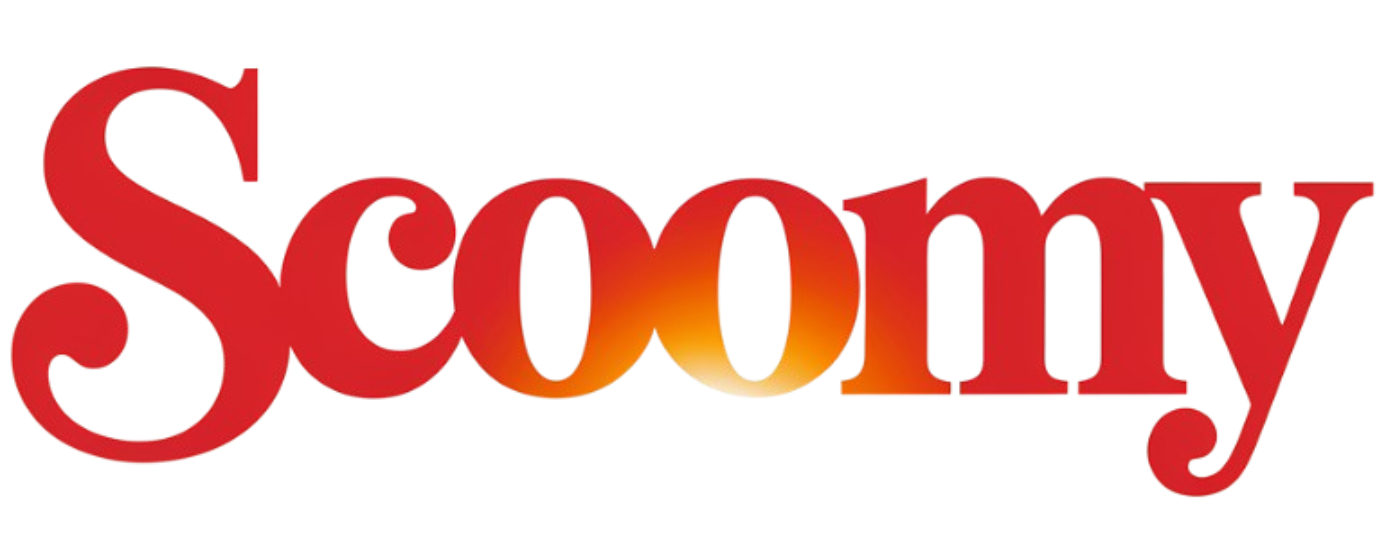Currently Empty: $0.00

The fashion world has never been static, and 2025 proves to be a revolutionary year where innovation seamlessly intertwines with timeless style. As global influencers, designers, and trendsetters gather to unveil their latest collections, the runway transforms into a canvas that reflects the fusion of sustainability, technology, and cultural evolution. This comprehensive report delves deep into the core of what is shaping the 2025 fashion landscape, offering insights into the future of design, consumer behavior, and aesthetic expression.
Evolution of Fashion Technology and Digital Integration
In 2025, fashion and technology are no longer separate entities. Designers are embracing artificial intelligence, augmented reality, and blockchain to enhance creativity and efficiency. Smart fabrics embedded with sensors that adjust to body temperature, LED-infused clothing capable of displaying customizable visuals, and garments generated through 3D printing are no longer futuristic concepts—they’re present-day innovations. Digital runways, virtual fitting rooms, and AI-generated designs are becoming industry standards, offering both accessibility and personalization at scale.
Sustainable Fashion Practices Taking Center Stage
The demand for eco-conscious fashion is stronger than ever. Brands are now held accountable for their environmental impact, and 2025 sees the widespread adoption of circular fashion models. Upcycling, biodegradable textiles, and zero-waste manufacturing techniques are not just niche trends—they are the foundation of modern design philosophy. Consumers are more informed, and their choices reflect a preference for transparency and longevity over disposable fashion.
Cultural Diversity and Inclusive Representation on the Runway
This year, the runway celebrates voices from all walks of life. Fashion in 2025 embraces diversity not only in models but in designers, narratives, and inspirations. Collections highlight indigenous crafts, gender-neutral silhouettes, and adaptive designs for individuals with disabilities. The industry’s shift toward genuine representation is not a marketing strategy but a redefinition of beauty and inclusivity.
The Revival of Craftsmanship in Modern Couture
While technology surges forward, there’s a concurrent return to artisanal roots. Handmade embroidery, hand-dyed fabrics, and traditional weaving techniques are reinterpreted for modern aesthetics. Couture houses are reintroducing the value of time-intensive artistry, ensuring that the human touch remains integral in luxury fashion.
Streetwear’s Elevated Role in High Fashion
Once considered casual or counterculture, streetwear in 2025 holds a prestigious place on high-fashion runways. Designers fuse urban aesthetics with premium materials, tailoring, and avant-garde concepts. Collaborations between streetwear labels and legacy brands produce pieces that resonate with both luxury consumers and younger audiences, redefining what it means to be stylish in the contemporary era.
Digital Avatars and Virtual Fashion Ecosystems
With the metaverse expanding, fashion now thrives in both physical and virtual worlds. Digital avatars wear exclusive outfits from major fashion houses, and virtual fashion shows attract global audiences without geographic boundaries. This duality allows designers to experiment fearlessly and cater to a generation that values both digital expression and real-world presence.
Minimalism Versus Maximalism: A Year of Contrasts
2025 witnesses a compelling dichotomy between clean, minimalist designs and bold, maximalist statements. While one group of consumers seeks calm and simplicity in neutral palettes and streamlined silhouettes, another embraces vibrant patterns, exaggerated proportions, and eclectic textures. Designers find innovative ways to cater to both aesthetics, showcasing their range and adaptability.
Consumer-Centric Customization and On-Demand Fashion
The traditional model of mass production is giving way to on-demand fashion. Brands leverage AI and data analytics to understand individual preferences, enabling them to offer customizable apparel without overproducing. This model not only reduces waste but also fosters deeper brand loyalty by involving customers in the design process.
Luxury Meets Functionality in Everyday Wear
Practical fashion doesn’t mean compromising on elegance. 2025’s runway is filled with luxurious garments designed for everyday comfort. Think high-end activewear, modular outfits that can be worn in multiple ways, and garments made from technical fabrics that support both movement and style. This trend blurs the line between formal and casual, creating versatile wardrobes.
Color Psychology and Emotional Design in Fashion
Designers are paying close attention to how colors influence mood and behavior. The palettes for 2025 include calming blues, energetic reds, grounding earth tones, and experimental neons. Color becomes a language, communicating emotion, intention, and identity, aligning with the psychological needs of a post-pandemic society.
Conclusion: The Future of Fashion Is Now
The 2025 Runway Report reveals an industry in flux yet firmly grounded in purpose. Fashion is no longer about fleeting trends but about meaningful expressions of innovation, identity, and ethics. As style continues to evolve, one thing is clear—2025 is not just another chapter in fashion history; it’s a bold new era where technology, sustainability, and human creativity walk hand in hand.



1 Comment
Hi, this is a comment.
To get started with moderating, editing, and deleting comments, please visit the Comments screen in the dashboard.
Commenter avatars come from Gravatar.